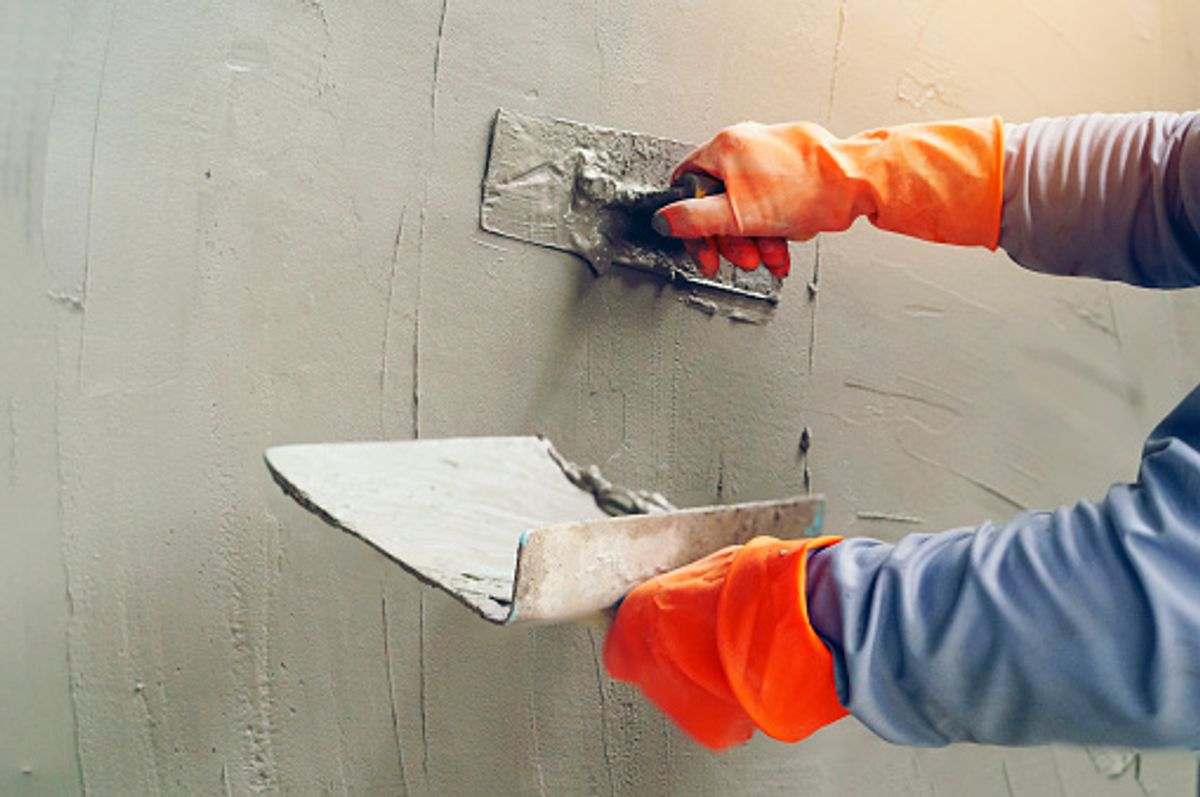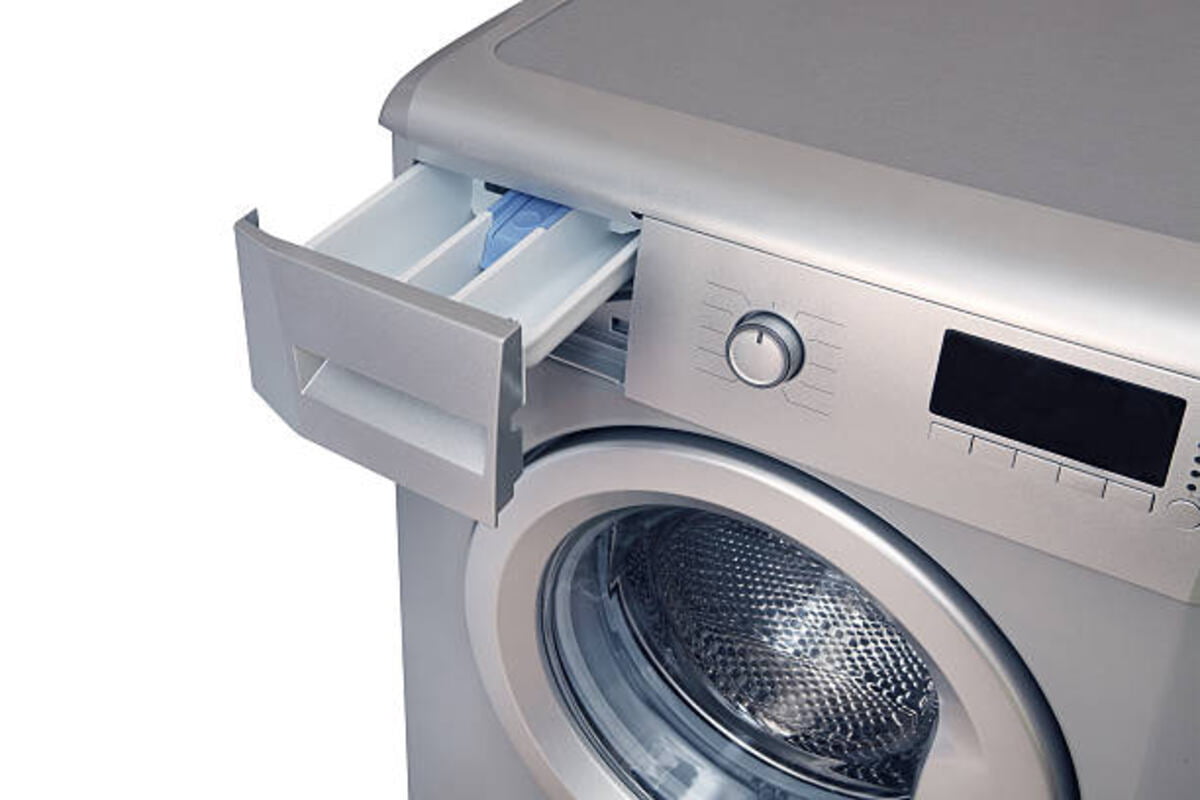How to Clean a Shower Curtain
Your shower curtain may accumulate bacteria, mildew, and soap scum over time, giving it a discolored appearance. But cleaning a shower curtain is easier than you might think: rinse with warm water and soap suds to refresh its look and feel.
These simple steps can easily wash the fabric and plastic shower curtains and liners to keep them looking new.
Spray
Try using a spray for a faster and easier way to keep your shower curtain clean. This type of cleaner is effective at eliminating soap scum and keeping mildew stains at bay.
Use this product daily to remove greasy residue and soap scum that can accumulate over time and lead to mold and mildew growth. The biodegradable formula dissolves quickly, eliminating stains before they form.
Maintaining your bathroom can help you unwind and feel better about yourself, but it’s also essential that everything is cleaned thoroughly.
Shower curtains and liners are essential areas in your bathroom that should be kept clean. Mildew and mold can grow on these curtains and liners, posing severe health hazards.
Regular cleaning is the best approach to reducing shower curtain and liner buildup. Thankfully, it’s an easy task that only takes a few minutes. If you find it hard to remember to do so, try using an all-purpose spray that contains no bleach or harsh chemicals for added convenience.
Vinegar
Maintaining a shower curtain’s cleanliness is an effective way to prevent mildew and mold growth. Regular washing also helps remove soap scum accumulation on the liner, which may leave it stuck for extended periods and lead to more severe issues in the future.
Vinegar is an eco-friendly, cost-effective, and effective solution for eliminating soap scum on plastic and fabric shower curtains. Simply fill a spray bottle with half white vinegar and half water, spray on the affected area, then rinse thoroughly.
Next, use a sponge or Magic Eraser to scrub away any residue. Rinse the curtain with some warm water and give it another wipe-down for thorough sanitation, ensuring all traces of soap scum have been eliminated.
Once dry, hand or machine wash your shower curtain and liner gently. In most cases, there is no need to send them through the dryer; however, check care instructions for natural fibers that may need tumble drying.
Baking Soda
Mold and mildew stains on your shower curtain can give it a less-than-inviting appearance. To save yourself the expense of replacing it, try cleaning it yourself!
One quick and efficient way to eliminate mold and mildew from your shower curtain is with baking soda. Sprinkle a small amount onto the curtain, then rub it in. Rinse thoroughly with water before allowing it to air dry.
Finally, spray it down with equal parts white vinegar and water to eliminate mold or mildew and prevent its return.
If your shower curtain and liner are labeled machine washable, put them in the washing machine with some towels to help scrub them clean and prevent wrinkling or sticking to the sides of the device. Add half a cup of baking soda into the detergent mixture before running on a normal warm cycle with a “gentle” set as your rinse-only mode.
Bleach
Fabric shower curtains and the liners that hang over them accumulate soap scum, grime, and mold over time. To avoid this buildup, it is recommended that you clean your curtain at least once a month.
To clean your shower curtain in the washer, try running it through a standard cycle with bleach added to the detergent. Reader’s Digest states that adding half a cup of bleach per load can eliminate soap scum and mildew without harming plastic shower curtain liner material.
Add two to three white towels for additional agitation and run on a gentle or delicate cycle for an extra gentle clean. After the process has ended, remove the curtain liner and hang it back up on your shower rod to air-dry.




